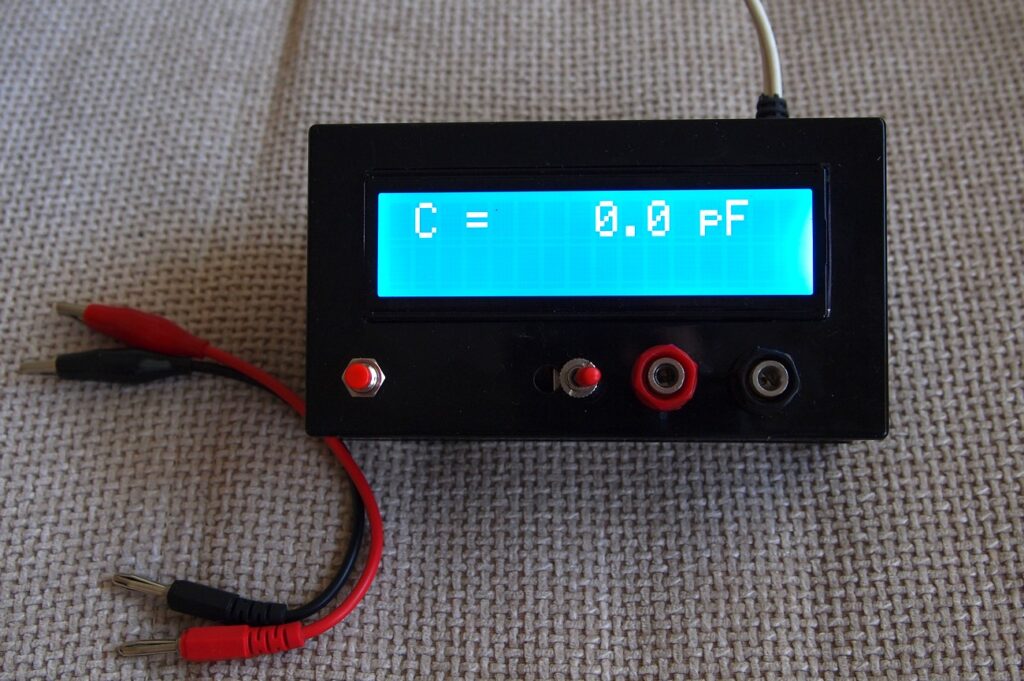userx2
Full Member level 3
Hello,
I have the need to detect a piece of stainless steel sleeving on a plastic rod moving past a sensor.
This is proving difficult as hall effect proximity does not work for this and IR can't "see" the difference between the metal and plastic.
I need an inductive proximity sensor. ready made ones only come in industrial formats and they cannot run of low voltage (3.3-5V). Also expensive.
I am now wondering if I can just do this with a PIC or other micro. Many of them can already to capacitive touch by means of CVD.
I think that one should be able to do something similar for inductive sensing.
Has anyone have any ideas if this can be done or maybe even tried it?
Best regards
X
I have the need to detect a piece of stainless steel sleeving on a plastic rod moving past a sensor.
This is proving difficult as hall effect proximity does not work for this and IR can't "see" the difference between the metal and plastic.
I need an inductive proximity sensor. ready made ones only come in industrial formats and they cannot run of low voltage (3.3-5V). Also expensive.
I am now wondering if I can just do this with a PIC or other micro. Many of them can already to capacitive touch by means of CVD.
I think that one should be able to do something similar for inductive sensing.
Has anyone have any ideas if this can be done or maybe even tried it?
Best regards
X

